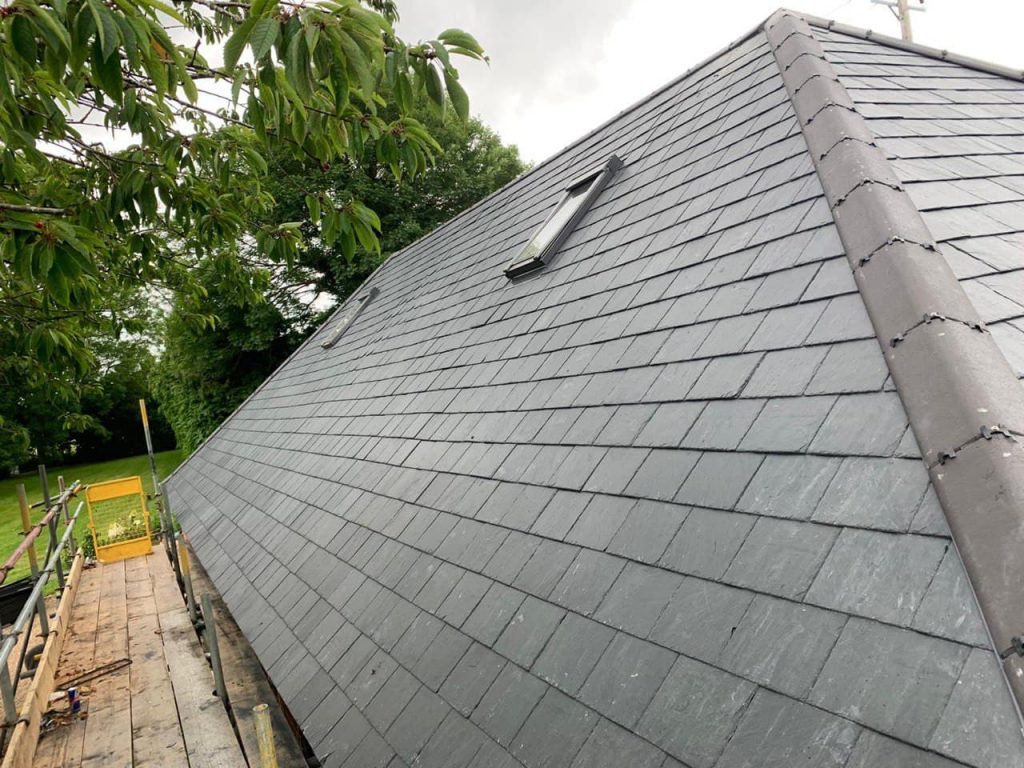Introduction: Your roof plays a critical role in protecting your home from the elements. One common issue many homeowners face is slipped tiles or shingles, which can compromise the integrity of your roof and lead to costly repairs. In this blog post, we explore how the slope of your roof contributes to preventing slipped tiles and maintaining structural integrity.
Understanding Roof Slope
The slope of a roof, also known as pitch, refers to its steepness or incline. Roof slopes vary widely depending on architectural style, climate considerations, and aesthetic preferences. The primary function of a roof slope is to facilitate water drainage, ensuring rain, snow, and debris are efficiently directed away from the roof surface and, ultimately, of the structure.
How Roof Slope Prevents Slipped Tiles
- Water Shedding: A steep roof slope allows water to quickly shed off the surface, minimising when it remains in contact with roofing materials. This reduces the likelihood of water seeping under tiles or shingles, which can cause them to loosen or slip.
- Gravity Assistance: Gravity plays a significant role on steeper roofs by helping to hold tiles or shingles in place. When installed correctly on a steep slope, roofing materials are less prone to being lifted or displaced by wind, rain, or other environmental factors.
- Wind Resistance: Higher roof slopes create less surface area for wind to exert force on, reducing the likelihood of tiles or shingles being blown off during storms or high winds. This enhances the overall durability and resilience of your roof.
Factors Influencing Roof Slope Effectiveness
- Roofing Material: Different roofing materials have specific recommendations for minimum roof slope requirements to ensure proper installation and performance.
- Regional Climate: Areas prone to heavy rainfall, snow accumulation, or high winds may benefit from steeper roof slopes, which can enhance water shedding and wind resistance.
- Maintenance: Regular roof inspections and maintenance, including promptly replacing damaged or worn tiles, can help prolong the lifespan of your roof and prevent issues such as slipped tiles.
Conclusion: Your roof’s slope is more than just an architectural feature—it’s a crucial element in safeguarding your home from weather-related damage, including slipped tiles. By understanding the role of roof slopes and investing in professional roofing services, you can enhance the durability, efficiency, and longevity of your roof while protecting your home and family.
Call us on: 01622 232793
Click here to find out more about Maidstone Roofers
Click here to complete our contact form and see how we can help you with your roofing needs.
